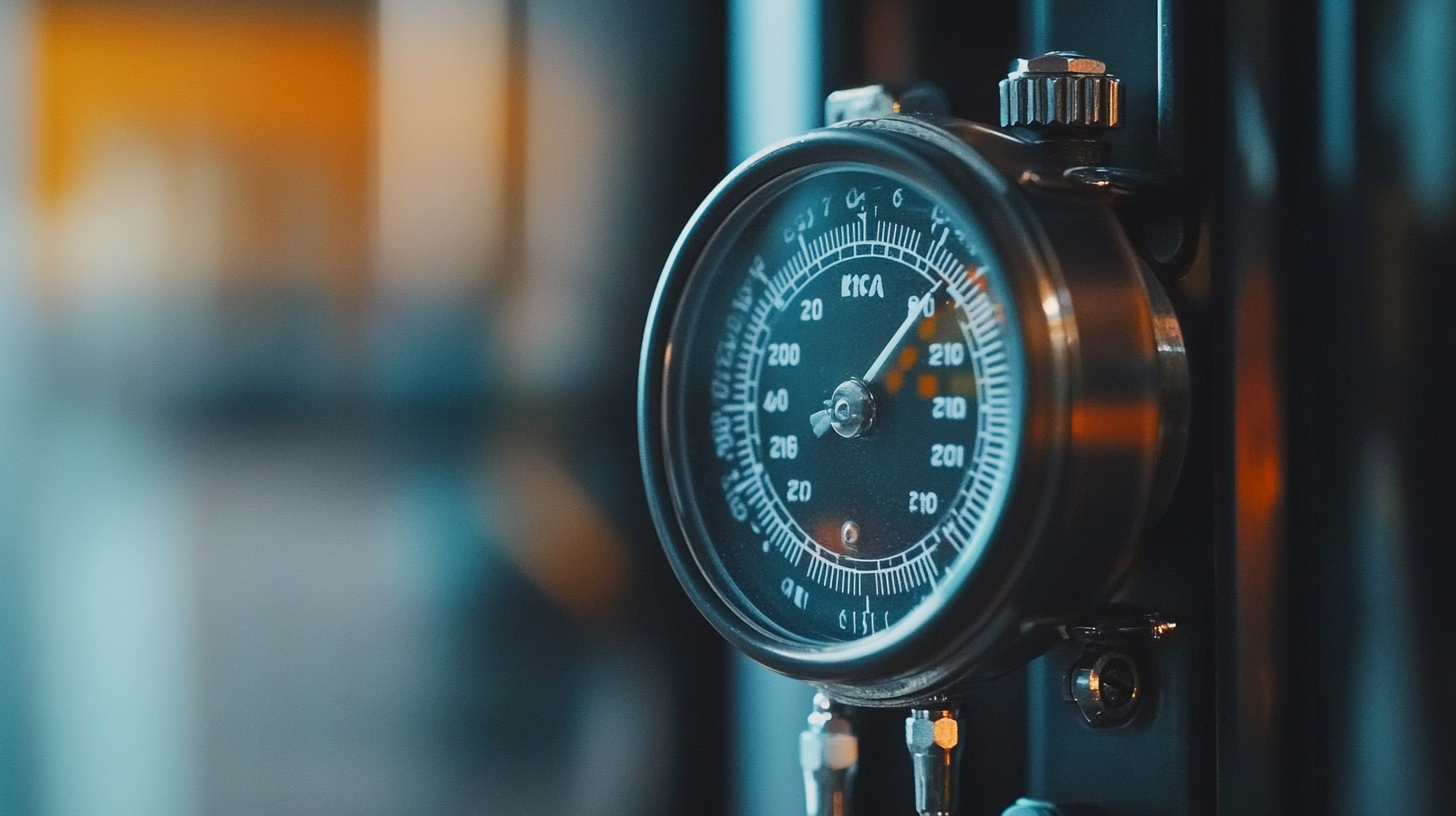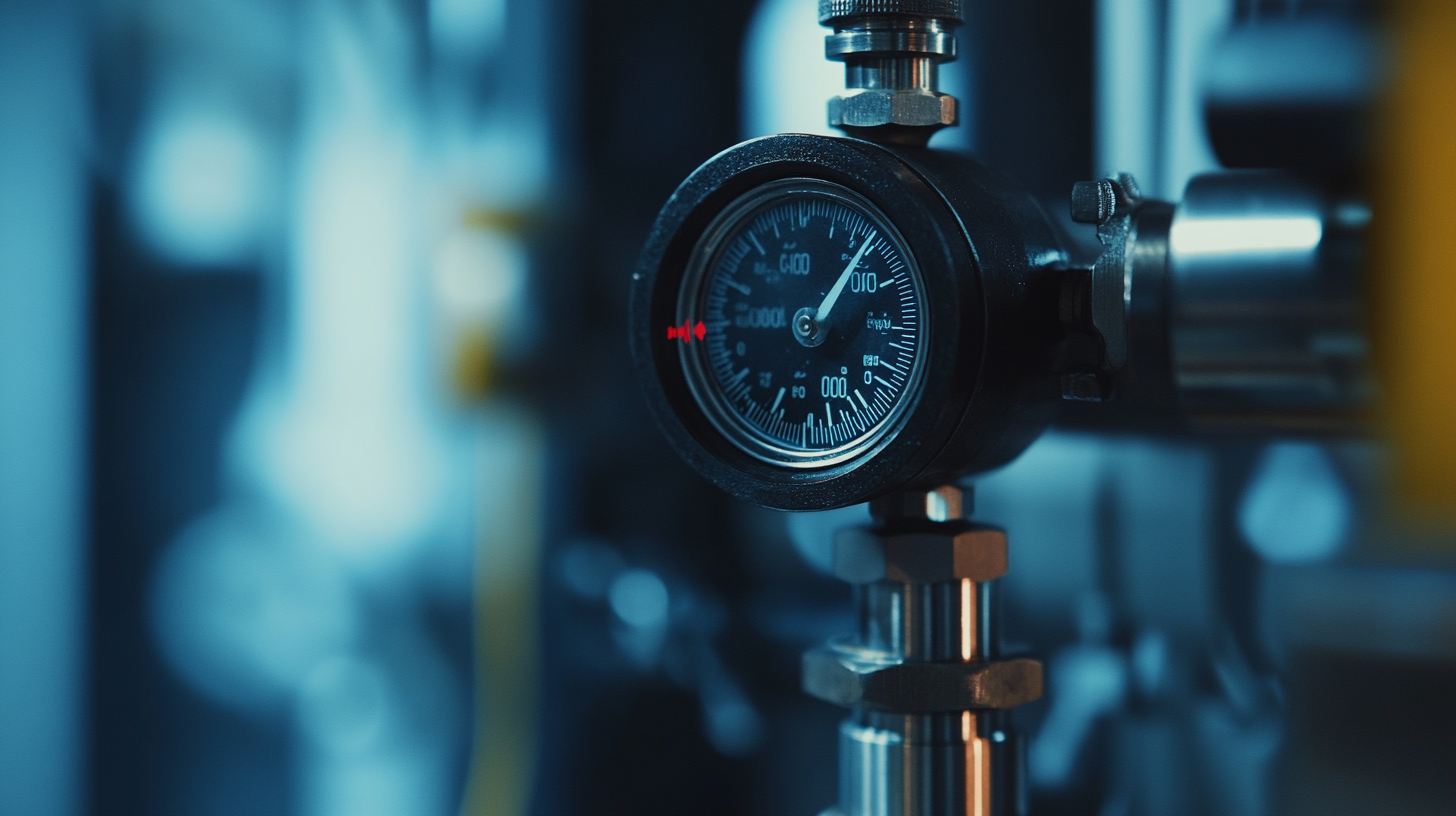
-
Home
-
Product Center
-
Application
-
Support
-
JT Cloud
-
About Us
-
Contact Us
Leave Your Message

 In the realm of industrial manufacturing and environmental monitoring, the accuracy of airflow measurements is crucial for optimizing performance and ensuring safety. Among the various instruments available, the Air Velocity Measuring Device stands out as an essential tool for capturing precise airflow data. According to the International Society of Automation, precise air velocity measurements can enhance energy efficiency by up to 20%, directly impacting operational costs and sustainability. Furthermore, the American Society of Heating, Refrigerating and Air-Conditioning Engineers emphasizes that proper air velocity measurement is vital for maintaining indoor air quality and ensuring the efficacy of HVAC systems. As industries continue to prioritize both efficiency and environmental responsibility, understanding the specifications and standards associated with these measuring devices becomes increasingly important. This blog aims to unlock the intricacies of air velocity measuring devices, providing a comprehensive tutorial on selecting the best specifications to meet industry production standards.
In the realm of industrial manufacturing and environmental monitoring, the accuracy of airflow measurements is crucial for optimizing performance and ensuring safety. Among the various instruments available, the Air Velocity Measuring Device stands out as an essential tool for capturing precise airflow data. According to the International Society of Automation, precise air velocity measurements can enhance energy efficiency by up to 20%, directly impacting operational costs and sustainability. Furthermore, the American Society of Heating, Refrigerating and Air-Conditioning Engineers emphasizes that proper air velocity measurement is vital for maintaining indoor air quality and ensuring the efficacy of HVAC systems. As industries continue to prioritize both efficiency and environmental responsibility, understanding the specifications and standards associated with these measuring devices becomes increasingly important. This blog aims to unlock the intricacies of air velocity measuring devices, providing a comprehensive tutorial on selecting the best specifications to meet industry production standards.
Accurate air velocity measurements are crucial in various industries, from HVAC systems to environmental monitoring. According to a recent report by the American Society of Heating, Refrigerating and Air-Conditioning Engineers (ASHRAE), maintaining optimal airflow in commercial buildings can enhance energy efficiency by up to 30%. This underscores the significance of using precise air velocity measuring devices to ensure that systems operate at peak performance, ultimately leading to cost savings and improved occupant comfort.

Moreover, the importance of accurate measurements is further highlighted in laboratory settings where air velocity can affect experimental outcomes. A study published in the Journal of Applied Physics found that variations in air velocity can skew results by as much as 15%, impacting research integrity. This demonstrates that industries reliant on specific airflow conditions must invest in high-quality measuring equipment to maintain standards and achieve reliable results. Hence, understanding the specifications of air velocity measuring devices becomes not just a matter of preference, but a necessity for achieving operational excellence.
Traditional air velocity measuring devices often face significant challenges that can impact the accuracy and reliability of measurements. One common issue is the reliance on stationary anemometers, which can struggle to provide consistent data in environments with fluctuating airflow patterns. These devices may be designed for specific scenarios, resulting in limited versatility and the inability to capture dynamic airflow variations, leading to misinterpretations and erroneous conclusions.
Another challenge is the sensitivity of traditional devices to environmental factors. Variables such as humidity, temperature, and pressure can greatly influence readings, making it imperative for users to consider these factors when analyzing air velocity. Additionally, maintenance issues, including calibration and wear and tear, can lead to discrepancies in data collection over time. Users must remain vigilant about the condition of the measuring equipment to ensure accurate performance, which can be labor-intensive and time-consuming. As a result, exploring advanced alternatives can provide more reliable and precise measurements, overcoming many of the limitations associated with conventional air velocity measuring devices.
When selecting an air velocity measuring device, understanding the key specifications is crucial for ensuring accurate and reliable measurements. First and foremost, consider the measurement range of the device. Different applications might require varying levels of sensitivity; thus, a device with a broad range is often more versatile. Additionally, the resolution of the measurements is essential, as finer resolution allows for more precise readings, particularly in low-velocity scenarios, which are common in many industrial applications.
Another vital specification is the accuracy of the device. Look for models that offer a clear accuracy rating, expressed as a percentage of the reading or as a fixed value. This will help you gauge how closely the device's measurements align with actual air velocity. Furthermore, the response time is also a critical factor for dynamic measurements, especially in environments where air speeds fluctuate rapidly. Devices with faster response times will ensure real-time data collection, aiding in quick decision-making processes. Other considerations might include features like data logging capabilities, connectivity options, and durability, which are equally important in determining the suitability of a device for specific applications.

In today's fast-paced industrial landscape, the need for precise air velocity measurements has never been more critical. Innovative solutions and technologies, such as advanced anemometers and smart sensors, have emerged to address common measurement challenges. According to a recent report by MarketsandMarkets, the global airflow measurement market is projected to grow from USD 1.2 billion in 2022 to USD 1.7 billion by 2027, highlighting the increasing demand for accurate air velocity data. This growth is driven by the rise in energy efficiency regulations and the need for improved air quality in various industries.
One of the pivotal challenges in measuring air velocity lies in capturing data in turbulent airflow conditions. Technologies like laser Doppler anemometry (LDA) provide a non-intrusive way to measure local velocity with high precision. A study published in the Journal of Wind Engineering revealed that LDA systems can achieve an accuracy of ±1%, significantly outperforming traditional pitot tubes under similar conditions. Additionally, the integration of IoT in measurement devices enables real-time data collection and analysis, allowing industries to adapt to varying airflow conditions proactively. These advancements not only enhance measurement reliability but also contribute to operational efficiency and safety across sectors.
Maintaining air velocity measuring devices is crucial for ensuring optimal performance and accuracy in various applications, from HVAC systems to environmental monitoring. Regular calibration is one of the most effective practices to keep your instruments functioning properly. This entails adjusting the device to account for any deviations that may arise over time. Manufacturers often recommend a specific calibration schedule based on usage frequency and operating conditions. It’s essential to adhere to these guidelines to maintain the integrity of your readings.
Another important aspect of device maintenance is cleanliness. Air velocity meters can accumulate dust, dirt, and moisture, which can interfere with their performance. A routine cleaning regimen should include carefully wiping down the sensors and components with a soft, lint-free cloth and using appropriate cleaning solutions. Additionally, storing the devices in a controlled environment can help prevent damage from extreme temperatures or humidity. By implementing these practical tips, you can ensure that your air velocity measuring devices provide reliable and accurate data, enhancing your overall operational efficiency.